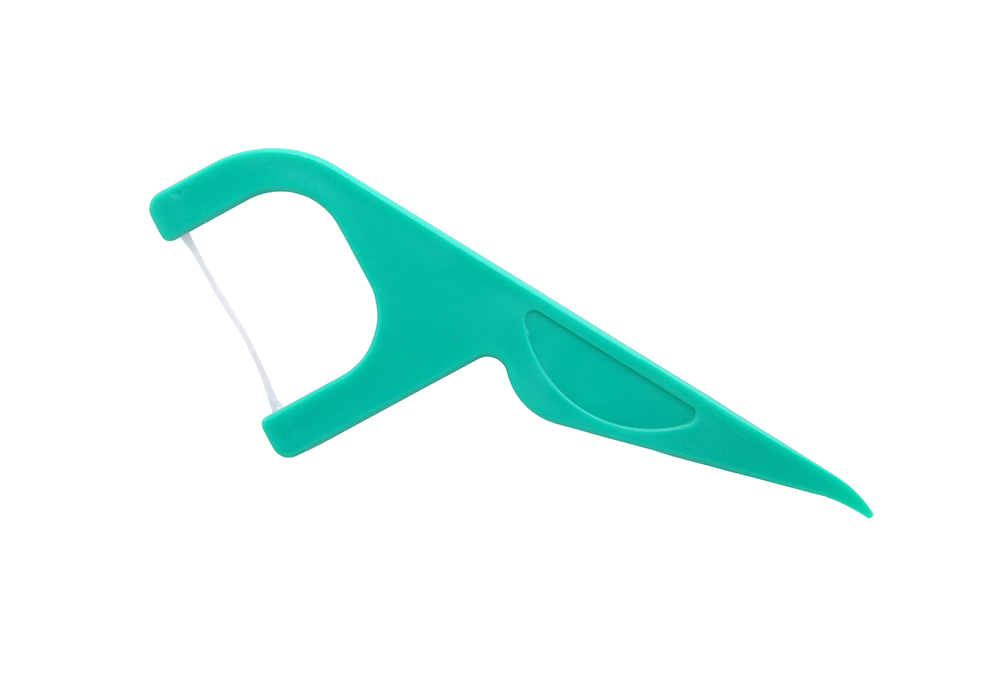Flossing: A Step-by-Step Guide
29 Apr 2016
A good dental routine leads to a beautiful smile; brush twice a day, floss once a day, and visit the dentist every six months. Flossing is an important part of the routine, to help you maintain good oral health.
To be effective, you must choose the right floss and floss your teeth properly.
Types of Floss
Traditional floss consists of either nylon filaments or polytetrafluorethylene monofilaments.
A floss pick, or flosser, is a string of dental floss attached to a plastic handle. This allows you to floss your teeth without having to maneuver the string itself. However, because it’s one short piece of string, dentists recommend wiping or washing off the string after you floss each tooth.

Interdental brushes are round brushes that fit between teeth. You hold the handle and run the brush in between your teeth to floss. These are best for people with dental appliances in their mouth, like braces, or for those who struggle with traditional floss.
A water flosser uses pulses of water to wash away food between your teeth. These are also best for people who struggle using traditional floss.
How to Floss
Here’s how to properly floss your teeth using traditional floss:
- Break off 18 to 20 inches of floss and wrap most of it around the tip of your middle finger
- Wrap the remaining floss around your middle finger on your other hand
- Hold the floss taut between your thumb and forefingers
- Never snap the floss into your gums (this could damage your gums)
- Gently rub the floss into the space between two teeth
- Make a “c” shape with the floss around one tooth and move the floss away from your gums; at the same time, move the floss forward and backward
- Complete the same process for the other tooth
- When you move to the next pair of teeth, feed a new piece of floss in between the teeth
- Repeat this for every tooth, including back teeth
Apply this same procedure to floss picks, washing off the string after flossing each tooth.
For interdental floss, gently insert the brush in between your teeth and move the brush back and forth. You must be careful when using these because too much force can damage your gums or enamel.

To use a water flosser, lean over the sink with your lips closed most of the way and run the water flosser along your gum line and between your teeth. As you floss, allow the water to flow out of your mouth and into the sink.
Can I Reuse Floss?
The American Dental Association (ADA) recommends throwing away the floss you’ve already used, for a few reasons.
- The floss might fray
- The floss may lose its effectiveness
- The floss could have bacteria that you would put in your mouth
To protect your teeth and gums, never reuse floss. Throw it away and start with a fresh strand.
Regardless of the type of floss you use, the most important thing is to actually use it. Keep a good dental routine in mind and make sure you floss your teeth properly, protecting them from tooth decay.
For more information or to schedule a dental appointment, contact Greenspoint Dental in Houston, Texas. We are dedicated to providing you and your loved ones with the best dental care.
Related Blog Articles